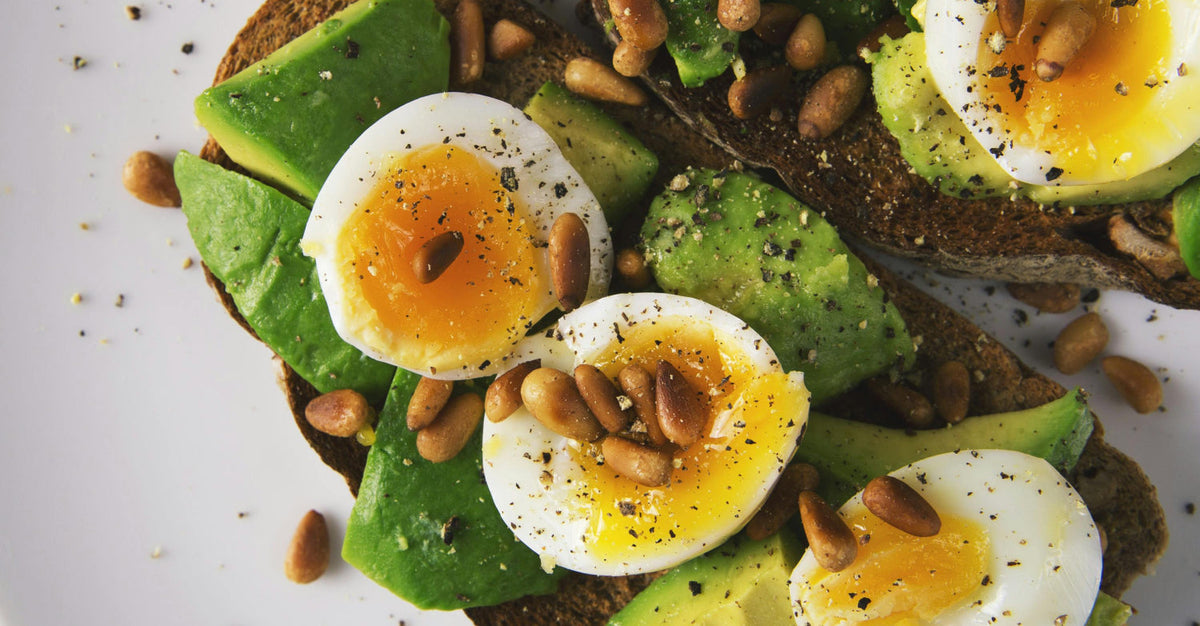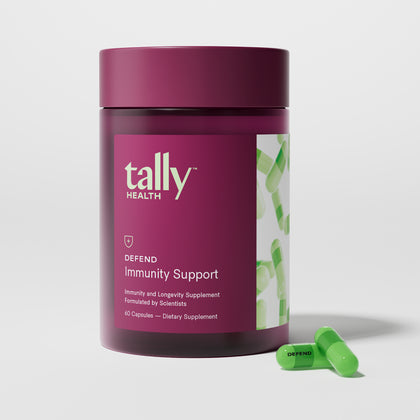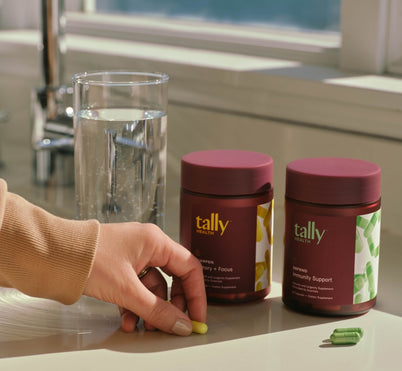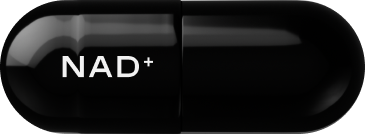

Protein has become a buzzword in health, fitness, and diet culture. From protein shakes to “high-protein diet” trends, everyone seems to be chasing more grams. But is there such a thing as too much protein? And how much is enough — or optimal — for most people? In this article, we’ll break down the science, explore possible downsides of excessive protein, and offer evidence-based strategies for achieving healthy protein intake.
Why Protein Matters: The Role of Dietary Protein

Protein is one of the three macronutrients (along with carbohydrates and fats) and is essential for life. Some of its key roles:
Building and repairing tissues (especially muscle)
Synthesizing enzymes, hormones, and signaling molecules
Supporting immune function
Maintaining lean mass during weight loss and aging
In some contexts, serving as a minor energy source
Because protein carries so many functions, adequate protein intake is generally nonnegotiable — but more is not always better.
How Much Protein Do You Actually Need?

The RDA and Traditional Baselines
In the U.S. and Canada, the Recommended Dietary Allowance (RDA) for protein is set at 0.8 grams per kilogram of body weight per day (or about 0.36 g per pound) for the average adult. This baseline is designed to prevent deficiency and maintain nitrogen balance, not to optimize muscle growth or age-related health.
So for a 70 kg (≈154 lb) person, the RDA works out to about:
70 kg × 0.8 g/kg = 56 g of protein per day
However, many experts argue that for active individuals, older adults, or those aiming for more lean mass, this baseline may be too low.
Emerging Evidence: Higher Intakes May Benefit Muscle Mass & Function
Many studies suggest that protein intakes above the RDA can offer additional benefits, particularly for preserving lean mass, promoting muscle growth, or aiding recovery.
Protein intake in the range of 1.0 to 1.2 g/kg in older adults can help preserve muscle mass and functional performance.
Meal distribution and total quantity matter: at low intakes (e.g. ~0.8 g/kg), you might need a “big meal” with >35 g protein to meaningfully stimulate muscle protein synthesis; but when total intake is higher (~1.6 g/kg), adding more protein to very large meals yields diminishing returns.
Meta-analyses and observational studies have found positive associations between higher protein consumption and lean body mass or better body composition (especially in older adults) beyond the RDA.
Thus, many nutrition practitioners often recommend 1.2–1.6 g/kg of protein per day for active or aging adults (or those who want to “optimize” beyond mere sufficiency). (Note: 1.6 g/kg for a 70 kg person is ~112 g protein daily.)
So, How Much Is Too Much Protein?
Now to the heart of the matter: “How much is too much protein?” Let’s explore what science says about upper limits, risks, and contexts where “too much” might apply.
A Practical Framework
“Moderate / optimal” region (for many active adults): ~1.2 to 1.6 g/kg
“Upper threshold” region: ~1.6 to 2.0 g/kg (some may tolerate a bit higher)
“Excessive / risky” region: consistently >2.5–3.0 g/kg over long durations, especially if from less-healthy sources or in a caloric surplus
Always tailor based on your health status (especially kidney function), goals (e.g. muscle gain vs maintenance), and diet quality (sources of protein, fiber, fats, etc.).

Of course, adjust up or down based on your body weight, training volume, age, and how your body responds.
Signs You Might Be Getting Too Much Protein

Even healthy individuals can overshoot optimal protein for their context. Watch out for:
Persistent dehydration or excessive thirst (due to nitrogen excretion)
Digestive discomfort, constipation, gas
Elevated blood lipids or LDL cholesterol (especially from heavy red meat / saturated fat sources)
Unexplained weight gain (caloric surplus)
Elevated kidney function markers (if lab tests show it)
Frequent kidney stones (if predisposed)
Neglecting fiber, phytonutrients, or variety in your diet
If you have or risk kidney disease, high blood pressure, or a family history of renal issues, it’s wise to be more conservative and consult a nephrologist or registered dietitian.
Science-Backed Tips to Get Enough Protein (Without Going Overboard)
If you’re aiming to increase protein intake in a balanced way (not “go beyond the safe zone”), here are evidence-based strategies:
Distribute protein intake evenly across meals
Instead of loading most protein in one meal (e.g. dinner), aim to spread it so each meal has a meaningful dose. Research suggests that “protein consumption evenly” across meals supports better muscle protein synthesis and lean mass.
Choose high-quality, lean protein sources
Favor lean meats (white meat chicken, turkey), fish, eggs, low-fat dairy (e.g. Greek yogurt), legumes, and plant proteins. Minimizing saturated fat from heavy red meats helps reduce risks of elevated blood lipids or cardiovascular impacts.
Use dairy or fermented dairy strategically
Greek yogurt, some types of cottage cheese, and kefir offer protein plus beneficial probiotics and calcium. They can also be lower in saturated fat (if you use low-fat or non-fat versions).
Incorporate protein-rich snacks or mini-meals
Examples: a protein shake, nut/seed mix + cottage cheese, or a small bowl of Greek yogurt with berries. These can help boost protein daily without crowding main meals.
Lean on whole-food protein bars or powders carefully
When using protein supplements or bars, aim for ones with minimal added sugar, artificial sweeteners, saturated fat, and partially hydrogenated oils. Use these as convenient add-ons, not core staples.
Add protein to vegetables & grains
Combine beans, lentils, quinoa, tempeh, or tofu with whole grains or vegetables to “round out” meals. This helps you increase protein in every “entire meal” without having to eat huge amounts of meat.
Use fish and seafood often
Fatty fish (like salmon, mackerel, and sardines) provide high-quality protein plus heart-healthy omega-3s. Swapping in fish for red meat helps reduce saturated fat and may improve lipid profiles.
Plan some higher-protein days around training
On workout or recovery days, aim toward the upper end of your protein target (e.g. 1.6–2.0 g/kg). On lower-activity days, you can scale back. This flexible approach reduces risk of continual overconsumption while supporting muscle growth.
While increasing protein, don’t forget to maintain a well-balanced diet that includes ample fiber, whole grains, healthy fats, fruits, and vegetables to support gut health, nutrient variety, and energy balance.
What’s “Just the Right Amount” for your Protein Needs?

Start with 0.8 g/kg (RDA) as a bare minimum baseline, but for many active or aging individuals, 1.2–1.6 g/kg or even 1.6–2.0 g/kg is a more practical target.
Going too far (e.g. >2.5–3.0 g/kg consistently) may yield minimal benefits and heighten risks — especially if protein sources are heavy in saturated fat, processed meats, or you have predisposing conditions.
The concept of “too much protein” is context-dependent — your body weight, energy needs, health status, kidney function, and the quality of the rest of your diet all matter.
Use a balanced diet approach: lean proteins, fiber, vegetables, healthy fats, and whole grains. Distribute protein evenly, and supplement smartly (protein bars, powders) rather than relying on them.
References
Wohlrab and Kreft. Niacinamide - mechanisms of action and its topical use in dermatology. Skin Pharmacol Physiol 2014; https://doi.org/10.1159/000359974
Boo. Mechanistic Basis and Clinical Evidence for the Applications of Nicotinamide (Niacinamide) to Control Skin Aging and Pigmentation. Antioxidants (Basel) 2021; https://doi.org/10.3390/antiox10081315
Bissett et al. Niacinamide: A B vitamin that improves aging facial skin appearance. Dermatol Surg 2005; https://doi.org/10.1111/j.1524-4725.2005.31732
Tan et al. Nicotinamide Prevents UVB- and Oxidative Stress‒Induced Photoaging in Human Primary Keratinocytes. J Invest Dermatol 2022; https://doi.org/10.1016/j.jid.2021.10.021
Chen et al. Oral nicotinamide reduces transepidermal water loss: a randomized controlled trial. Br J Dermatol 2016; https://doi.org/10.1111/bjd.14648
Ito et al. A single oral supplementation of nicotinamide within the daily tolerable upper level increases blood NAD+ levels in healthy subjects. Translational Medicine of Aging 2021; https://doi.org/10.1016/j.tma.2021.09.001
Ito et al. A nonrandomized study of single oral supplementation within the daily tolerable upper level of nicotinamide affects blood nicotinamide and NAD+ levels in healthy subjects. Translational Medicine of Aging 2020; https://doi.org/10.1016/j.tma.2020.04.002
Henderson et al. The use of a systems approach to increase NAD+ in human participants. NPJ Aging 2024; https://doi.org/10.1038/s41514-023-00134-0
Will excess protein turn into muscle?
Not necessarily. The body has a limited capacity for muscle protein synthesis. Once that threshold is met, additional protein is more likely to be oxidized (burned for energy) or, in a caloric surplus, stored as fat.
Does eating more protein damage the kidneys in healthy people?
In healthy individuals with no kidney disease, the evidence for damage from moderate-to-high protein intake is weak. Concerns arise mainly in those with impaired renal function.
What about protein and cancer risk?
The relationship is complex, involving protein source (animal vs plant), processing, and overall diet quality. While high processed meat intake has been linked to colorectal cancer risk, higher total protein (from mixed sources) does not uniformly predict cancer.
Can you “store” protein?
The body doesn’t store protein in the way it stores fat or glycogen. Excess amino acids are oxidized or transformed (e.g. to glucose or fat) if not used.
Does protein always displace fiber or other nutrients?
It can, in poor diets. That’s why diet quality matters — “many high protein foods” should ideally coexist with fiber-rich whole foods to prevent gut and metabolic issues.











